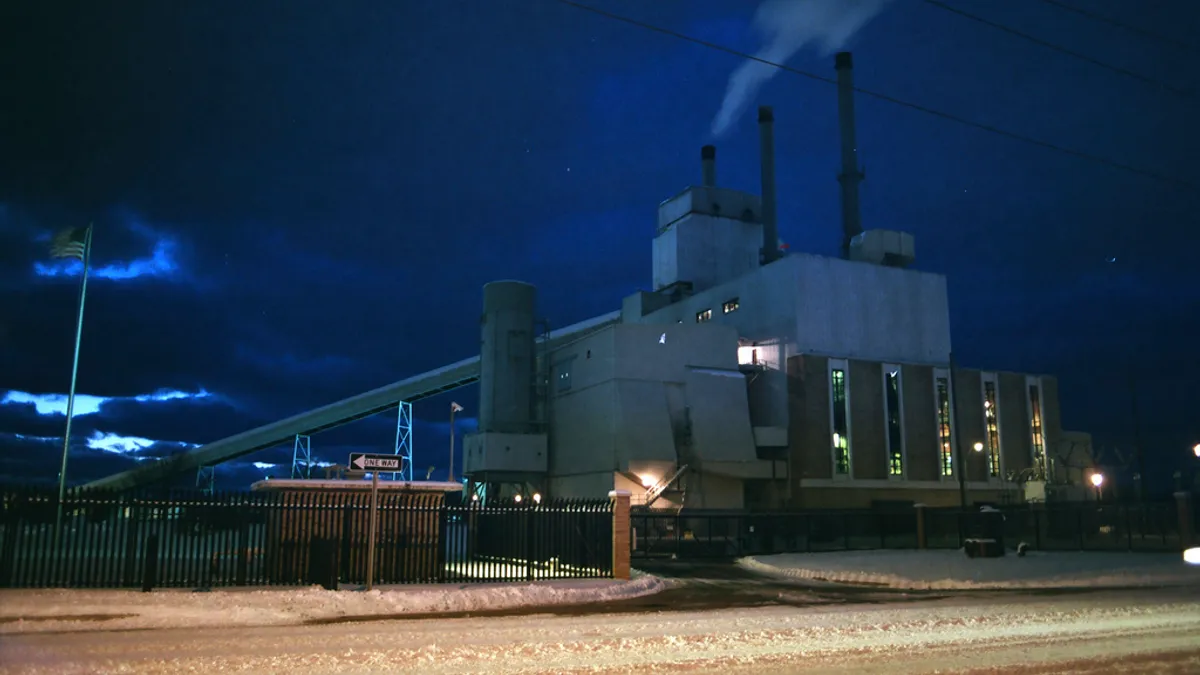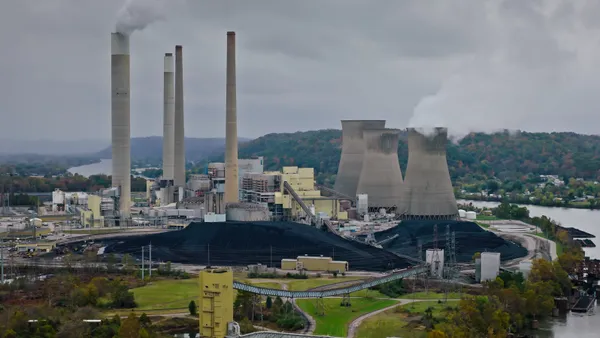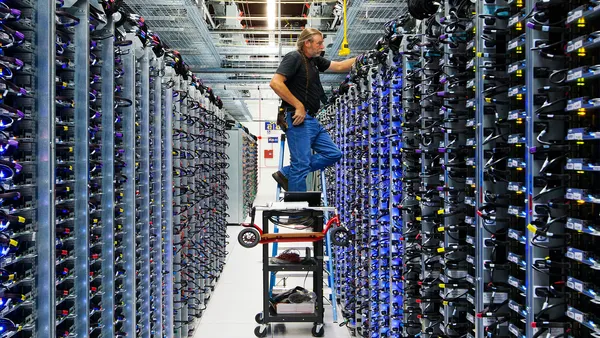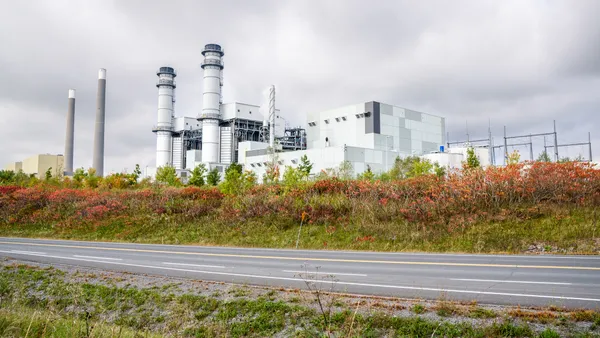Dive Brief:
- Dayton Power & Light announced yesterday the utility will close its J.M. Stuart and Killen coal-fired plants in southern Ohio, which combined generate 3,000 MW, by June 2018 when they will no longer be economically viable, Reuters reports.
- DP&L said that after reviewing market conditions, the utility determined the plants would not be profitable after the middle of next year.
- Coal generation has faced difficulties in Ohio and other markets, and cheap gas and tighter environmental restrictions have forced many plants offline.
Dive Insight:
Reuters has the details on DP&L's plant closures, and the central debate: whether to upgrade the older facilities, or shut them down and look to create clean energy jobs in their place.
The president of First State Bank in Winchester, Michael Pell, told Reuters the plants are the largest local employers and their closures "will absolutely be devastating to our community." On the flip side, the Sierra Club argued the upgrades would be a bad investment, telling Reuters about 250 plants are now slated for closure.
In its statement, DP&L said that along with plant co-owners, the utility "completed a thorough review of our options and it has become clear that, without significant changes in market conditions, the plants will not be economically viable beyond mid-2018."
Coal woes in Ohio are not new: Last year, the Federal Energy Regulatory Commission blocked power purchase agreements approved by state regulators that aimed to support aging coal and nuclear plants owned by FirstEnergy and AEP Ohio. A settlement was reached last year on plant retirements for American Electric Power that included job revitalization efforts.
The announcement comes after DP&L filed with the Public Utilities Commission of Ohio for approval of a revised version of its distribution rider to help stabilize its revenues or prop up at-risk generation. The utility now says it has the support of 13 parties and PUCO staff, as well as from residential, commercial, industrial and low-income customers. The new stipulation includes a three-year distribution rider set at $105 million annually with an option for PUCO to extend the rider for an additional two years.













